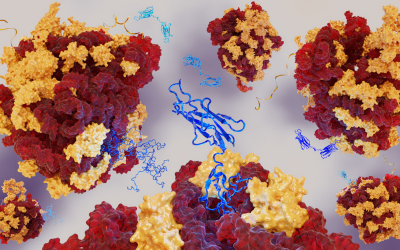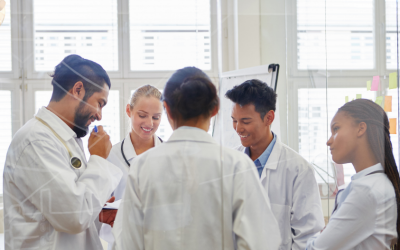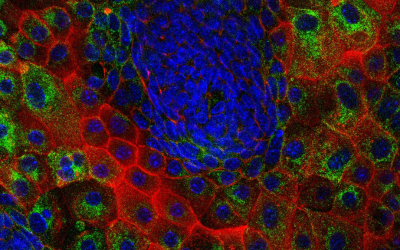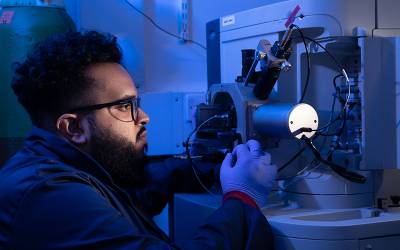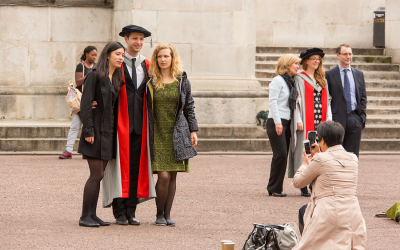History
Brief Biographies of the Leaders of Biochemistry at UCL
Robert Plimmer
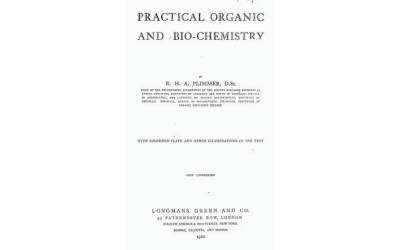
Biochemists of his generation particularly remembered him for being, together with J.A. Gardner, a co-founder in 1911 of the Biochemical Club which became the Biochemical Society in 1913 with Plimmer as its first honorary secretary until 1919. The first official meeting was held in the Physiology Department at UCL on 4th March 1911 and until 1968 the annual general meetings of the Biochemical Society were always held at UCL.
Jack Drummond
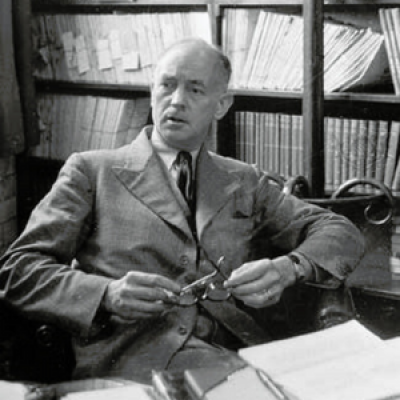
Jack Drummond
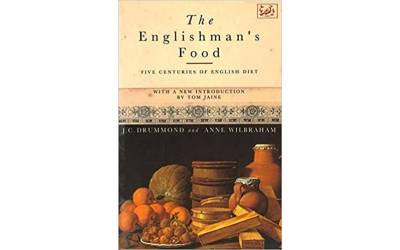
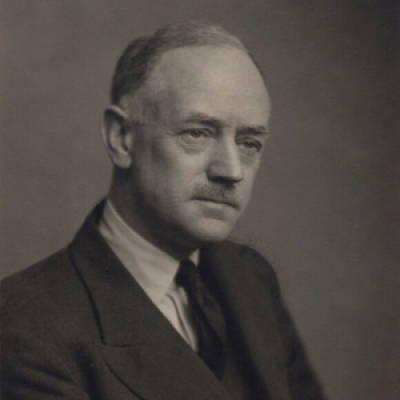
Jack Drummond
Margaret Kerly
Frank Young
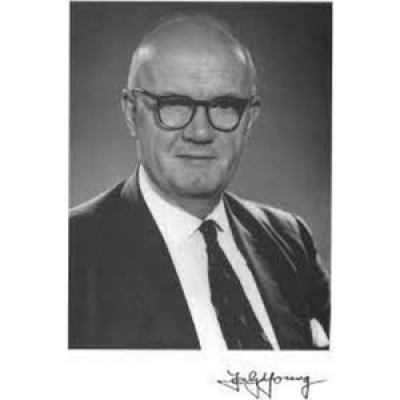
Frank Young
Ernest Baldwin
In 1950 Ernest Baldwin succeeded Young as Professor and Head of the Biochemistry department at UCL. There he was able to fulfill Young’s ambition of the establishment of a BSc programme in Biochemistry – the first in the University of London. The programme began with three students in 1953 and soon rapidly expanded.
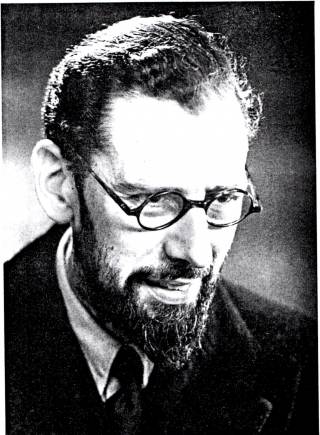
Ernest Baldwin
In 1937 Baldwin published a small book, Comparative Biochemistry which became recognized as a classic introduction to that subject. In 1947 he published Dynamic Aspects of Biochemistry. In many respects this was the first modern textbook of biochemistry, providing a lucid description of metabolic interactions and taking biochemistry out of the age of natural products chemistry and of purely medical and physiological chemistry. The book was translated into many languages eventually running into five editions and in 1952 gaining Baldwin the European Cortina-Ulisse Prize of one million Italian lire.
Prakash Datta
Datta read for a BSc in Chemistry at UCL and subsequently read Medicine at University College Hospital Medical School. He then joined the staff of the UCL Department of Biochemistry. Datta played a major role in setting up the Federation of European Biochemical Societies (FEBS) in the late 1960s. He devoted considerable time to FEBS over his career and was both its treasurer and the managing editor of its journal FEBS Letters.
His 54 research publications between 1949 and 1966 covered a range of topics, mainly in the area of physical biochemistry with particular emphasis on measurements of acid dissociation constants of biological molecules and the stability constants of metal complexes with the same.
Bob Rabin
Bob Rabin graduated with a BSc from the UCL Department of Chemistry in 1951 and then moved into the UCL Biochemistry department where he graduated from the MSc programme in 1952 and was awarded a PhD in 1956. Within the UCL Biochemistry department he was firstly appointed as Assistant Lecturer (1954) and then Lecturer (1957), Reader (1963) and Professor of Ezymology (1967).
In 1970 he was appointed Head of the department – a post he held until 1988. His early research, frequently in collaboration with Prakash Datta and Eric Crook, was largely devoted to studies of proton and metal ion binding to peptides and proteins.
The late 1950s and early 1960s saw him launch into investigations of the catalytic mechanisms of several enzymes – in particular pancreatic ribonuclease. Together with Tony Mathias and others a chemical mechanism for the ribonuclease reaction was put forward following an inspired piece of chemical intuition well before the crystal structure of the enzyme was solved.
This was the very first deduction of the catalytic mechanism of an enzyme and, although some refinements have subsequently been added, it has stood the test of time and its basic characteristics are still accepted.
In all PubMed lists 101 publications with Bob Rabin as author between 1954 and 1995.
Leaders of UCL Biochemistry from 1904 to present:
| Leaders of UCL Biochemistry from 1904 to present | |
|---|---|
| Robert Plimmer | 1904-1919 |
| Jack Drummond | 1922-1945 |
| Margaret Kerley | 1939-1945 |
| Frank Young | 1945-1949 |
| Ernest Baldwin | 1950-1969 |
| Prakash Datta | 1969-1970 |
| Bob Rabin | 1970-1988 |
| Peter Butterworth | 1988-1990 |
| Michael Rosemeyer | 1990-1992 |
| Michael Waterfield | 1992-2001 |
| David Saggerson | 2001-2006 |
| Gabriel Waksman | 2006-2019 |
| Snezana Djordjevic | 2019- |
Read more about the leaders of UCL Biochemistry
More SMB Research Achievements
Christine Orengo joined what was known at the time as the Department of Biochemistry and Molecular Biology in 1995. She had done her PhD in UCL's biochemistry department in the mid 1970s in an enzymology lab headed by the late Michael Holloway.
She is best known for her research that analyses genes, proteins and biological systems using computational methods to classify proteins into evolutionary families. As of the end of 2021, her lab has taken 151 million protein domains and classified them into 5,481 superfamilies. She is also the first woman to serve as president of the International Society for Computational Biology.
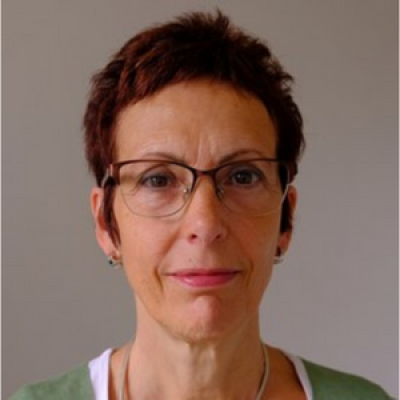
Christine Orengo
In 2003, UCL and Birkbeck co-founded the Institute of Structural and Molecular Biology to promote multi-disciplinary research at the interface of structural-, computational- and chemical biology. The institute aims to break the traditional boundaries between structural, molecular and cell biology. It uses both multi-disciplinary approaches aimed to bridge across the scales of biology and methods to integrate disparate data across the disciplines.
Gabriel Waksman joined UCL in 2003 to take up the Joint Chair of Structural Molecular Biology at University College London and Birkbeck College London. Gabriel discovered the structure and function of the type IV secretion mechanism in bacteria, which is responsible for the sharing of genetic material — including antibiotic resistance genes — between bacteria. Gabriel’s work provides the basis for the design of new compounds to block secretion and thus prevent the spread of antibiotic resistance.
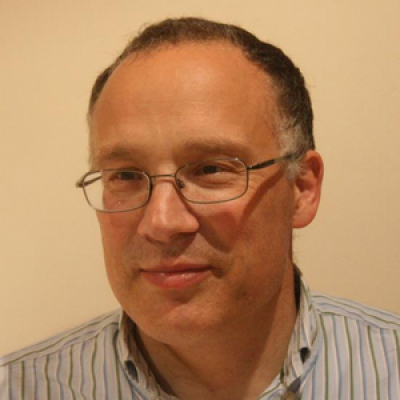
Gabriel Waksman
Jo Santini joined SMB from Australia in 2006. In 2018, she announced the creation of a low-cost, easy-to-use arsenic sensor to test drinking water. According to the World Health Organisation, 140 million people worldwide drink water containing unsafe levels of arsenic. She also set up Microbiology@UCL, a consortium of researchers with interests in microbiology across a wide range of faculties, schools, institutes and partner organisations.
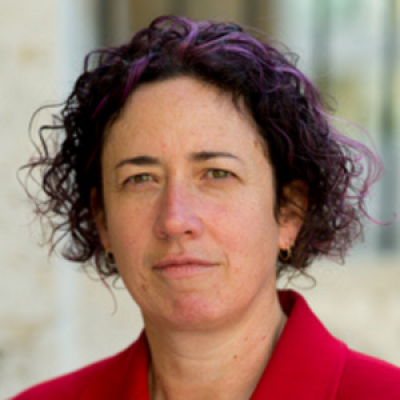
Jo Santini
Some of our Notable Graduates
- Professor Sir Philip Cohen FRS completed both his BSC and PhD in the department. Cohen went on to become the head of the MRC Protein Phosphorylation Unit and Director of the Wellcome Trust Biocentre at the University of Dundee.
- Dr. Barbara Pearse FRS completed both her BSC and PhD in the department. She has achieved scientific distinction at the MRC Laboratory of Molecular Biology in Cambridge.
- Professor Lawrence Pearl FRS completed his BSc in the department and PhD in the Crystallography department at Birkbeck College. Later he was a member of staff of the UCL Department of Biochemistry and then moved to the Institute of Cancer Research in London. He subsequently became Dean of Life Sciences at the University of Sussex.
- Dr. Peter Stanley CBE completed both his BSc and PhD in the department. He joined the Scientific Civil Service and rose to become Chief Executive, Central Science Laboratory Agency.
- Professor Anthony Trewavas FRS completed both his BSC and PhD in the department. He went on to become a Professor of Plant Biochemistry at the University of Edinburgh.
Notable Department Staff
- Professor Eric Shooter FRS was a member of the Biochemistry staff from 1953 to 1963. He went on to become a Professor of Neurobiology at Stanford University, USA.
- Dame Janet Thornton FRS was a Professor of Bioinformatics in the department. She went on to be the Director of the European Bioinformatics Institute in Cambridge.
- Professor Patricia Clarke FRS was a Professor of Microbiology in the department for many years. She went on to become a Vice-president of the Royal Society.
- Professor Alan Hall FRS was associated with the department through being director of the MRC Laboratory of Cell Biology at UCL. He moved to New York and became a Professor and Chair of the Cell Biology department at the Sloane-Kettering Institute.
- Professor Jeremy Brockes FRS is a biochemist who worked as an MRC Research Professor at UCL until 2016.
 Close
Close


